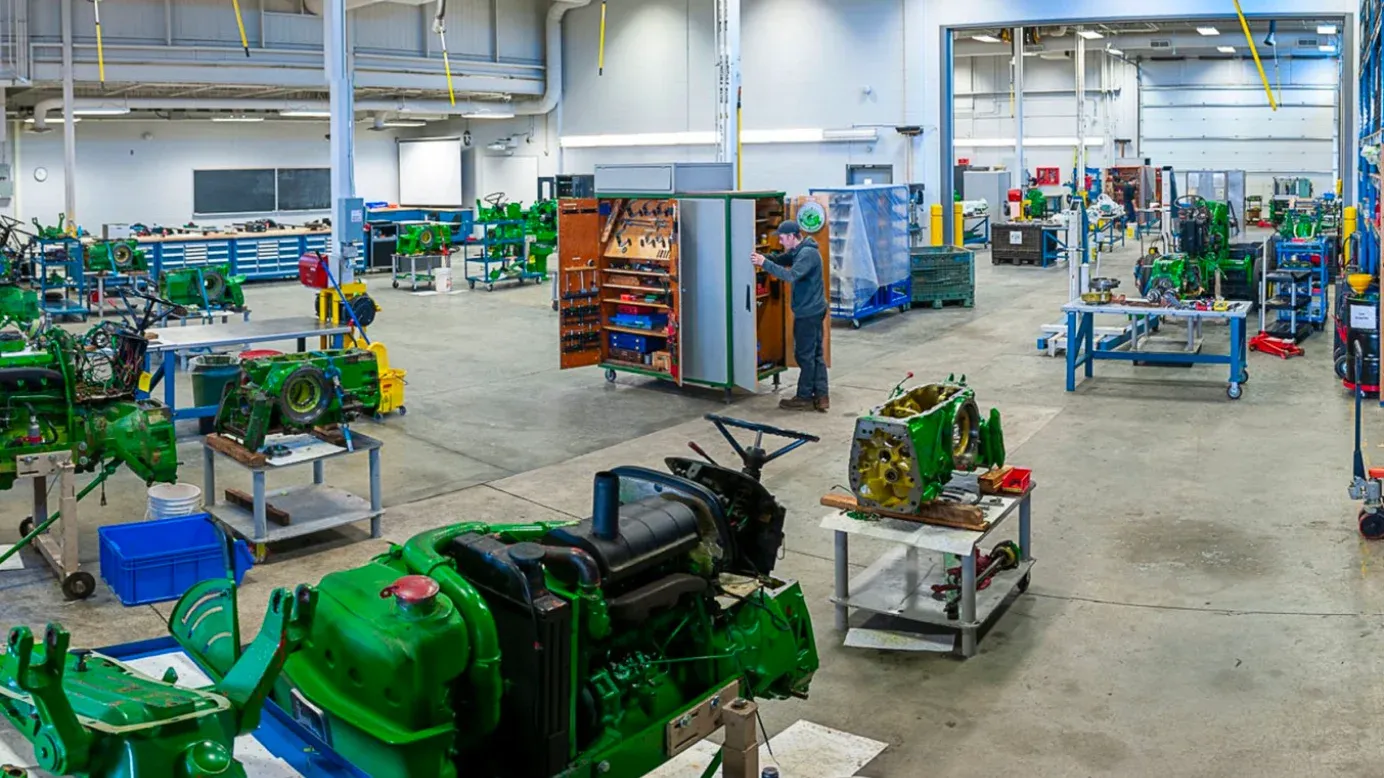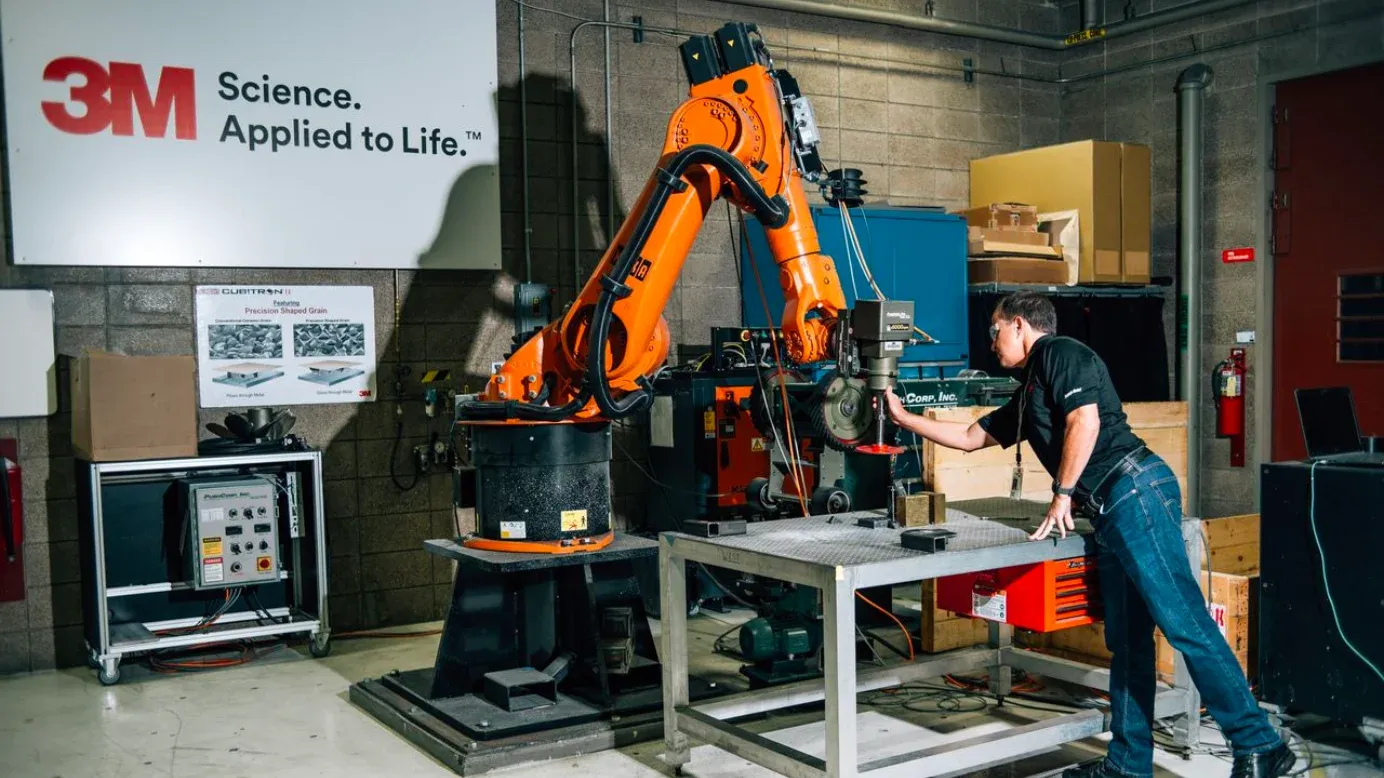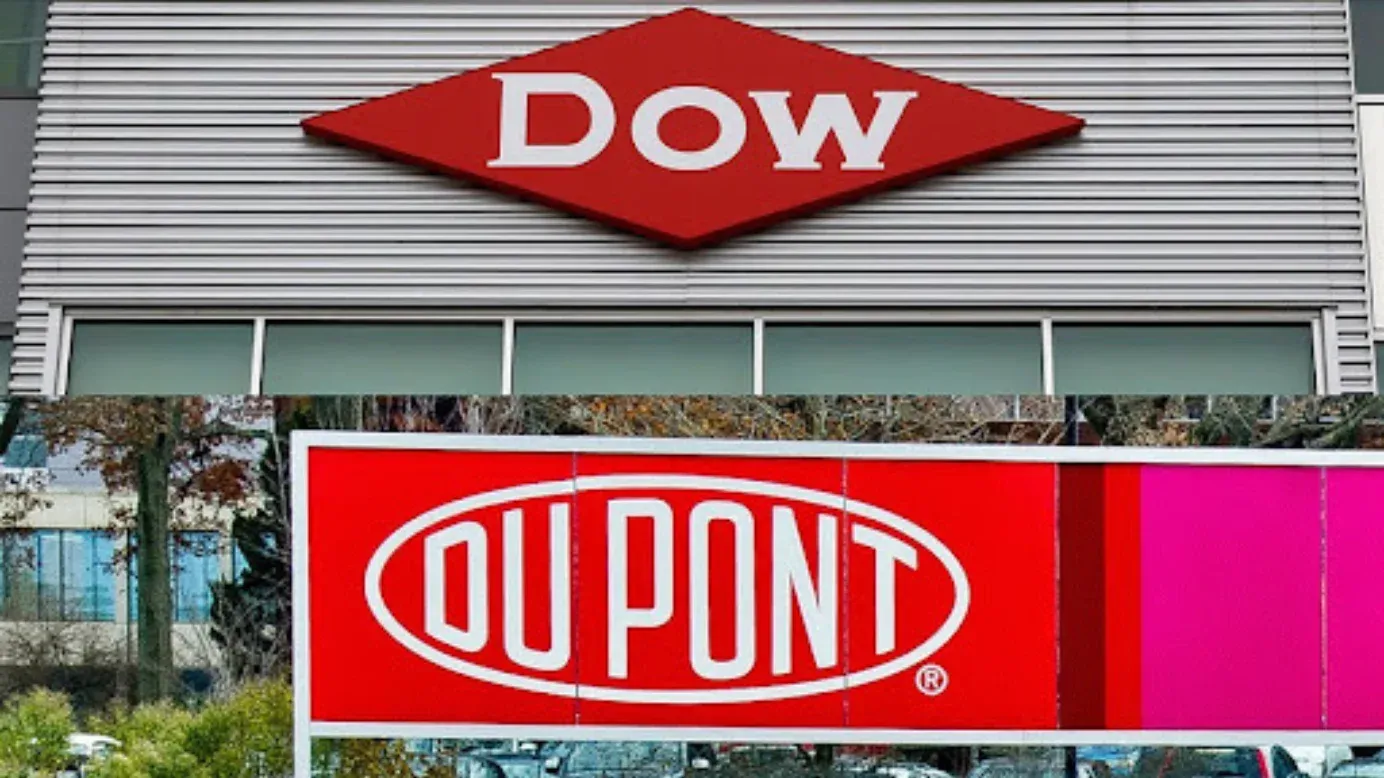Table of Contents
As Martin Luther King Jr. said,” All labour that uplifts humanity has dignity”.
In the force of factories, amidst the clang of machinery and the sweat of hard work, a silent revolution is taking place.
It's a revolution not defined by technology, algorithms or Instagram influencers but by something far more enduring: human engagement. In the world of blue-collar workers, where manual expertise powers industries, the key to unlocking productivity and job satisfaction lies in the art of engagement.
Employee engagement is a measure of personal investment and emotional connection that employees experience in their workplace.
But this blog will be specifically tailored to blue-collar work engagement. From wellness initiatives that nurture both body and soul to recognition programs that celebrate hard work, you will find it all.
The vital role of engagement for blue collar workers
The term “blue collar” was coined about trade jobs in 1924, in an Alden, Iowa newspaper. A lot of these jobs are physically consuming whether it's construction, warehousing, excavation, plumbing, electricity generation or driving.
Recent studies done by Oxford academics on the factors associated with blue-collar workers’ participation in Worksite Health Promotion Programs state that blue-collar workers have more health problems than other workers. Also, they are less likely to participate in worksite health promotion programs.
We all have heard that “all work and no play makes Jack a dull boy”. Blue-collar workers need to engage in some sort of fun Ideas.
Don’t forget that these essential workers are the backbone of many industries, from manufacturing and construction to transportation. When they are engaged in their roles, several key benefits emerge.
Well, it starts with the organization. First, organizations need to start seeing blue-collar workers as an asset to handle, not a liability. Then they can reap the benefits of a well-engaged blue-collar worker.
Here are a few benefits of an engaged blue-collar worker:
- They will be more productive, full of energy and committed to the job which will lead to increased efficiency and output.
- Moreover, if a worker is engaged and well-aware then he will most likely adhere to safety protocols and focus on risk mitigation.
- Finally, engaged blue-collar workers experience higher job satisfaction which is rare. They take pride in their work and feel valued.
The Associated Press and Times West Virginian published a story on Feb. 21, 2023, that said, “Blue-collar jobs could see a mass worker shortage soon.”
On that note, it’s high time that employers must invest in creating a work environment that fosters engagement, and recognises that it directly impacts productivity, safety, and job satisfaction.
Empowering engagement: 10 effective ideas for blue collar workers
Employee engagement Ideas often take a backseat in the bustling world of blue-collar work. Studies suggest that about 37% of blue-collar workers indicate they have a heavier workload due to staff shortages. Also, (73%) say their work-life balance has been affected by the workforce.
This clearly shows that fostering blue-collar workers' commitment and satisfaction is not just a nice-to-have; it's a necessity for a productive and harmonious workplace.
This section delves into ten empowering engagement Ideas for blue-collar workers.
1. Wellness programs

"A healthy workforce is a productive workforce, and a productive workforce is a happy workforce." — Zig Ziglar
Wellness programs are a remarkable way to engage blue-collar workers, focusing on both their physical and mental well-being. Encourage your workers to participate in physical activity during breaks.
In addition, consider providing nutritional guidance to cultivate healthier eating habits. Equally crucial is discouraging the habit of bringing work home. Instead, consistently emphasize the importance of engaging in hobbies outside of work, fostering connections with other social circles, and spending quality time with their families. Lastly, underscore the value of a restful night's sleep to maintain a holistic sense of well-being and social connection.
These initiatives often included on-site gyms, mental health support, and healthy meal options in their workplace cafeterias. The result? Reduced absenteeism, a more active workforce, and a good increase in job satisfaction.
2. Skills development
Empowering blue-collar workers through skills development instils a sense of career growth and progression in them.
As Kunal Patil (CEO of workIndia) said “We must recognize the importance of blue-collar work and provide the necessary support and resources to bridge the gap and empower skilled blue-collar workers in our rapidly evolving job market”.
There are various ways to execute the same. Start with a combination of hands-on training, and access to certification programs. Offering regular, targeted training sessions specific to their job roles and industry requirements enables workers to acquire new skills.
Training provides a structured learning experience under the guidance of experienced mentors, facilitating skill acquisition while on the job.
Their recent program “Appliances Manufacturing Education Program." which offers in-depth training and development opportunities for their workforce.
They are equipping employees with the skills and knowledge needed to excel in their respective roles.
3. Recognition and rewards
The power of recognition and rewards cannot be underestimated. In a survey done by Incentive Concepts, employers were asked what form of rewards they liked.
Well, 62 per cent of respondents preferred tangible gifts over recognition, praise, and growth opportunities. Verbal praise matters but showing them matters more, whether that be with branded company merchandise such as mugs, or gift cards to their favourite stores
The Global Logistics and Delivery company understands this well. They have instituted a robust recognition and rewards program for their blue-collar workers. They fosters employee morale with recognition and rewards for their workers' dedication, improving job satisfaction, and fostering a culture of appreciation and motivation.
4. Flexible work shifts
Blue collar workers work extremely long hours, sometimes it can be more than 40 hours in a week. They also work overtime. That’s the very reason why implementing flexible work shifts can help them to come back happily and work again.
Companies can introduce shift rotations to accommodate different preferences. Second, they should provide a platform for workers to communicate their scheduling needs and preferences. Third, they can cross-train employees in various roles to ensure that the workforce remains adaptable to shift changes.
5. Feedback mechanisms

As they say “Feedback is the breakfast of champions” but the way feedback is delivered is even more important.
Stats suggest that more than 40% of employees were thinking about leaving their jobs at the beginning of the year 2021. And it’s not a surprise that some of the hardest hit industries due to this sudden mass exit are blue collar industries.
To enhance the feedback mechanism for blue-collar workers, companies should provide user-friendly digital platforms or mobile apps that enable workers to submit feedback conveniently. They can also encourage anonymity to promote open and honest feedback.
This app helps farmers gain valuable insights, collaborate with trusted advisors, and leverage a wide array of apps in collaboration with over 250 software companies. This comprehensive platform empowers farmers to enhance their operations through data visualization and informed decision-making.
He has implemented a mobile app called "MyPath" that allows blue-collar employees to provide feedback and suggestions for process improvements and workplace enhancements directly from their mobile devices. They feel valued, appreciated and eager to improve their performance in their job.
6. Team-building exercises

Team-building exercises can foster stronger relationships, improve employee communication, and enhance collaboration. These exercises allow employees to work together, solve problems, and achieve common goals outside of their daily job tasks.
By developing a sense of camaraderie and mutual trust, blue-collar workers are more likely to support each other in the workplace.
This includes fun Ideas like scavenger hunt, outdoor dinners and communication workshops which have helped their companies bring their co-workers closer.
7. Peer recognition
Blue-collar workers often hold a deep appreciation for the recognition of their peers. Peer recognition empowers blue-collar workers by boosting their morale and motivation, making employees feel appreciated.
It serves as a platform for peer-to-peer recognition, emphasizing the importance of teamwork, dedication, and a job well done within the company.
This recognition not only boosts morale but also reinforces a positive company culture that values and celebrates its employees' efforts. This activity encourages a culture of peer-to-peer recognition, supporting the idea that everyone's work is valued and honoured.
8. Skill and knowledge sharing
Sharing expertise among peers ensures that a broader skill set is available within the workforce. Maria Rose, owner of Nation Waste acknowledges that, “It all goes back to the lessons I learned on our farm about running a small business and paying it forward. If you practice what you preach and give back to your community, you will be enriched and rewarded.”
You can also share your thoughts and insights in the form of newsletters and send them out weekly or monthly to your employees. Use an email newsletter software to create appealing and attractive newsletters effortlessly.
Sharing what you know can foster a culture of continuous learning, and empower employees to handle various tasks and challenges effectively. This collaborative environment not only increases efficiency but also cultivates a sense of belonging and engagement, resulting in a more resilient and dynamic workforce.
They recently implemented the "Toyota Production System," which encourages employees to contribute to process improvements actively. This helps employees to feel like they are also part of something bigger.
9. Mentorship programs

Mentorship programs provide guidance and support to blue-collar workers, helping them navigate their roles and develop professionally. Mentors offer insights, share experiences, and encourage skill development. This one-on-one interaction boosts and empowers blue-collar employees to excel in their roles.
They encourage their blue-collar workers to lead workshops on a range of topics, from process improvements to safety measures. This approach not only fosters a culture of knowledge sharing but also empowers employees to be catalysts for positive change within the organization, making them feel valued and engaged in driving innovation.
By giving employees a platform to share their knowledge, 3M cultivates a culture of mutual respect and mentorship.
10. Money matters
Stats suggest that guaranteed income is still the biggest concern of any blue-collar worker. Ensuring a steady income for blue-collar workers is vital. It reduces financial stress and lets them focus on their job rather than worrying about meeting basic needs.
Companies can do this by providing regular, predictable paychecks, enabling blue-collar workers to focus on their jobs. One recent employee engagement strategy that has gained attention is "unlimited paid time off" (PTO). This approach allows employees to take time off as needed, promoting work-life balance without stressing about money.
Real-world triumphs: Brands nailing engagement for blue-collar workers
One thing that Mack Story, author of Blue Collar LeadershipMack Story, author of Blue Collar Leadership, understands that building a blue-collar business empire is not easy. It will take dedication, manpower, and many hours to put in before you get your desired results.
The key to maintaining a happy workforce is to engage them first and then ask for their constant efforts. That’s how your blue-collar business is going to be successful.
It’s time to take some inspiration and read about the success stories of engaged blue-collar workforces.
Here are three success stories of companies that have achieved remarkable results by engaging their blue-collar workforces:
1. Caterpillar Inc.

Caterpillar, a leading manufacturer of construction and mining equipment, has fostered a culture of safety among their blue-collar workforce. They emphasize training, safety audits, and employee engagement in identifying and mitigating risks.
Results: This commitment to safety has resulted in fewer workplace accidents, instilled a sense of belonging, and empowered employees. Caterpillar's blue-collar workers are more engaged and motivated, leading to safer and more productive operations.
2. Dow chemical company

Dow, a multinational chemical corporation, has a strong focus on employee engagement. They have implemented programs such as "Own the Way You Work," which allows blue-collar workers to have more control over their work schedules and locations.
This flexibility promotes work-life balance and blue-collar workforce satisfaction. Additionally, Dow has a robust skills development program that offers employees opportunities for continuous learning and career advancement.
3. Boeing

Boeing, a leading aerospace company, has excelled in engaging its blue-collar workforce by fostering a culture of safety and continuous improvement. They actively involve employees in providing feedback and suggestions for enhancing processes.
Results: Boeing's commitment to safety and employee involvement has had a profound impact. It has led to a reduction in workplace accidents, increased employee morale, and a more engaged and motivated workforce. As a result, Boeing has maintained its position as a leader in the aerospace industry.
Conclusion
This blog has explored ten effective engagement Ideas for blue-collar workers, drawing inspiration from brands that have successfully implemented these strategies.
These ten engagement Ideas serve as beacons of inspiration, illuminating the path towards a more fulfilling and cohesive workplace for blue-collar workers.
By emulating the successful implementations of these strategies by renowned brands, organizations can cultivate a culture of appreciation, growth, and unwavering commitment among their workforce. With these proven methods, companies can pave the way for a more empowered, motivated, and flourishing workforce, shaping a brighter future for all.
Regardless of their roles, they should feel valued, motivated, and integral to the organization's success.
Now is the time to seize the opportunity to uplift your team's morale and productivity. Implement these engagement Ideas and witness the transformation in your blue-collar workforce today!


